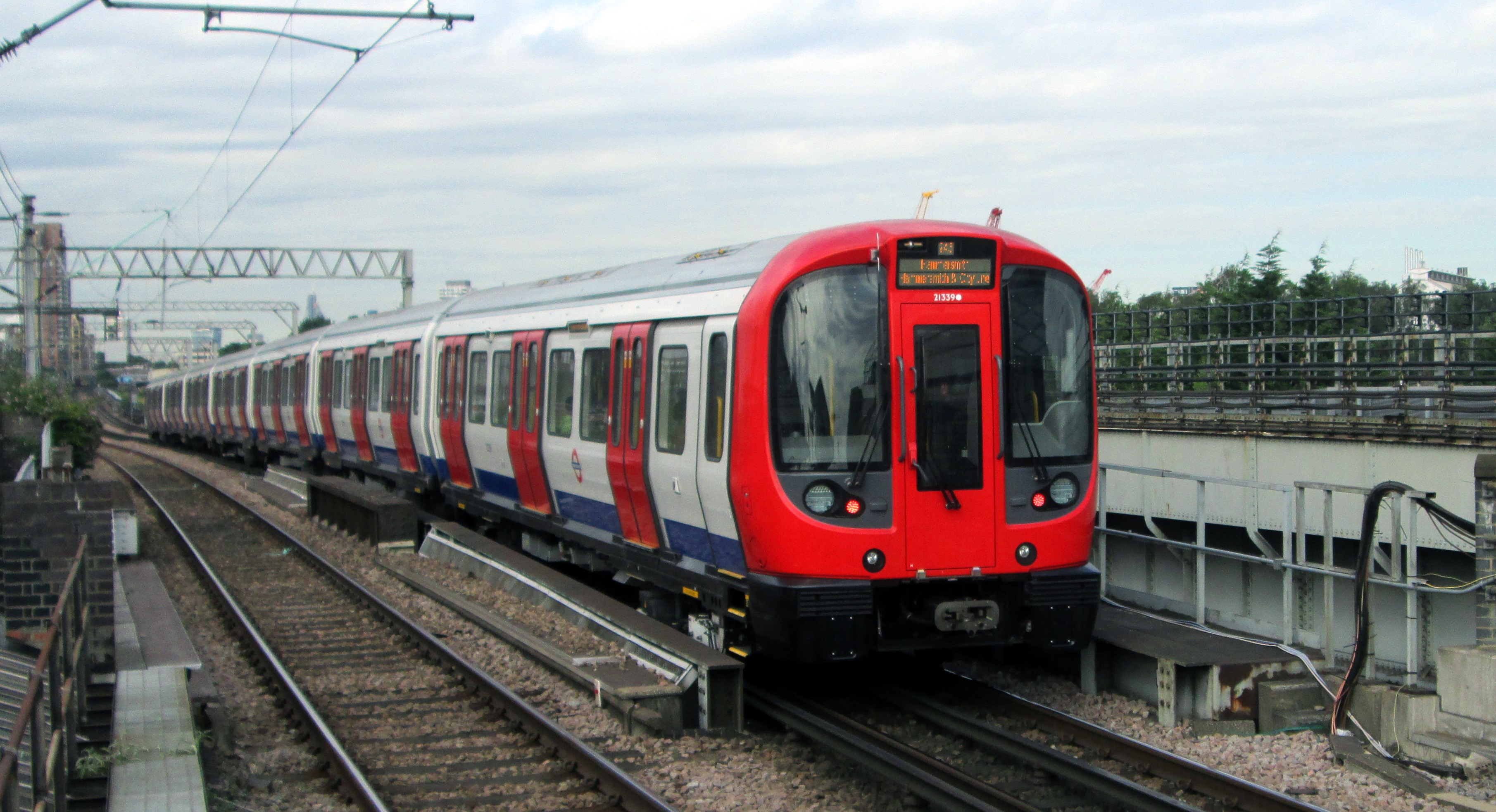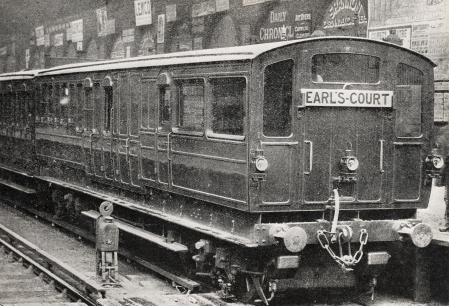|
Altab Ali Park
Altab Ali Park is a small park on Adler Street, White Church Lane and Whitechapel Road, London E1. Formerly known as St Mary's Park, it is the site of the old 14th-century white church, St Mary Matfelon, from which the area of Whitechapel gets its name. St Mary's was heavily bombed during The Blitz in 1940, all that remains of the old church is the floor plan and a few graves. Included among those buried on the site are Richard Parker, Richard Brandon, Sir John Cass, and "Sir" Jeffrey Dunstan, "Mayor of Garratt". The park was renamed ''Altab Ali Park'' in 1998 in memory of Altab Ali, a 25-year-old British Bangladeshi clothing worker, who was murdered on 4 May 1978 in Adler Street by three teenage boys as he walked home from work. Ali's murder was one of the many racist attacks that came to characterise the East End at that time. At the entrance to the park is an arch created by David Petersen, developed as a memorial to Altab Ali and other victims of racist attacks. The ar ... [...More Info...] [...Related Items...] OR: [Wikipedia] [Google] [Baidu] |
British Bangladeshi
British Bangladeshis ( bn, বিলাতী বাংলাদেশী, Bilatī Bangladeshī) are people of Bangladeshi origin who have attained citizenship in the United Kingdom, through immigration and historical naturalisation. The term can also refer to their descendants. Bengali Muslims have prominently been migrating to the UK since the 1940s. Migration reached its peak during the 1970s, with most originating from the Sylhet Division. The largest concentration live in east London boroughs, such as Tower Hamlets. This large diaspora in London leads people in Sylhet to refer to British Bangladeshis as Londoni ( bn, লন্ডনী). Bangladeshis form one of the UK's largest group of people of overseas descent and are also one of the country's youngest and fastest growing communities. The 2011 UK Census recorded nearly half-a-million residents of Bangladeshi ethnicity. While in the 2021 UK census, Bangladeshis in England and Wales enumerated 644,881, or 1.1% of the ... [...More Info...] [...Related Items...] OR: [Wikipedia] [Google] [Baidu] |
Hammersmith & City Line
The Hammersmith & City line is a London Underground line that runs between Hammersmith in west London and in east London. Printed in pink on the Tube map, it serves 29 stations over . Between and it skirts the City of London, the capital's financial heart, hence the line's name. Its tunnels are just below the surface and are a similar size to those on British main lines. Most of the track and all stations are shared with either the District, Circle, or Metropolitan lines. Over 114 million passenger journeys are made each year on the Hammersmith & City and Circle lines. In 1863, the Metropolitan Railway began the world's first underground railway service between and Farringdon with wooden carriages hauled by steam locomotives. The following year, a railway west from Paddington to Hammersmith was opened and this soon became operated and owned jointly by the Metropolitan and Great Western Railway companies. The line was then extended to the east, in stages, reaching the E ... [...More Info...] [...Related Items...] OR: [Wikipedia] [Google] [Baidu] |
District Line
The District line is a London Underground line running from in the east and Edgware Road in the west to in west London, where it splits into multiple branches. One branch runs to in south-west London and a short branch, with a limited service, only runs for one stop to . The main route continues west from Earl's Court to after which it divides again into two western branches, to Richmond and . Printed in green on the Tube map, the line serves 60 stations (more than any other Underground line) over . It is the only Underground line to use a bridge to traverse the River Thames, crossing on both the Wimbledon and Richmond branches. The track and stations between and are shared with the Hammersmith & City line, and between and and on the Edgware Road branch they are shared with the Circle line. Some of the stations between and are shared with the Piccadilly line. Unlike London's deep-level lines, the railway tunnels are just below the surface, and the trains are of a si ... [...More Info...] [...Related Items...] OR: [Wikipedia] [Google] [Baidu] |
Aldgate East Tube Station
Aldgate East is a London Underground station on Whitechapel Road, Whitechapel High Street in Whitechapel, in London, England. It takes its name from the City of London Wards of the City of London, ward of Aldgate, the station lying to the east of the ward (and the City). It is on the Hammersmith & City line between Liverpool Street station, Liverpool Street and Whitechapel station, Whitechapel, and on the District line between Tower Hill tube station, Tower Hill and Whitechapel, in Travelcard Zone 1. History Original station The original Aldgate East station opened on 6 October 1884 as part of an eastern extension to the District Railway (now the District line). It was to the west of the current station, close to the Metropolitan Railway's Aldgate tube station, Aldgate station. The curved link to the Metropolitan Railway had to be particularly sharp owing to the location of Aldgate East station. Resited station As part of the London Passenger Transport Board's New Works Pr ... [...More Info...] [...Related Items...] OR: [Wikipedia] [Google] [Baidu] |
List Of London Underground Stations
The London Underground is a metro system in the United Kingdom that serves Greater London and the home counties of Buckinghamshire, Essex and Hertfordshire. Its first section opened in 1863, making it the oldest underground metro system in the world – although approximately 55% of the current network is above ground, as it generally runs on the surface in outlying suburbs. The system is composed of eleven lines – Bakerloo, Central, Circle, District, Hammersmith & City, Jubilee, Metropolitan, Northern, Piccadilly, Victoria, and Waterloo & City – serving 272 stations. It is operated by Transport for London (TfL). Most of the system is north of the River Thames, with six of the 32 London boroughs in the south of the city not served by the Underground. The London Borough of Hackney, to the north, has two stations on its border. Some stations at the north-eastern end of the Central line are in the Epping Forest district of Essex and some stations at the north-western end ... [...More Info...] [...Related Items...] OR: [Wikipedia] [Google] [Baidu] |
Asiatic Society Of Bangladesh
The Asiatic Society of Bangladesh is a non political and non profit research organisation registered under both Society Act of 1864 and NGO Bureau, Government of Bangladesh. The Asiatic Society of Bangladesh was established as the Asiatic Society of East Pakistan in Dhaka in 1952 by a number of Muslim leaders, and renamed in 1972. Ahmed Hasan Dani, a noted Muslim historian and archaeologist of Pakistan played an important role in founding this society. He was assisted by Muhammad Shahidullah, a Bengali linguist. The society is housed in Nimtali, walking distance from the Curzon Hall of Dhaka University, locality of Old Dhaka. Publications The society's publications include: * ''Banglapedia, the National Encyclopedia of Bangladesh'' (edition 2, 2012) * ''Encyclopedia of Flora and Fauna of Bangladesh'' (2010, 28 volumes) * ''Cultural Survey of Bangladesh, a documentation of the country's cultural history, tradition and heritage'' (2008, 12 volumes) * ''Children’s Banglapedia'', a ... [...More Info...] [...Related Items...] OR: [Wikipedia] [Google] [Baidu] |
Dhaka
Dhaka ( or ; bn, ঢাকা, Ḍhākā, ), formerly known as Dacca, is the capital and largest city of Bangladesh, as well as the world's largest Bengali-speaking city. It is the eighth largest and sixth most densely populated city in the world with a population of 8.9 million residents as of 2011, and a population of over 21.7 million residents in the Greater Dhaka Area. According to a Demographia survey, Dhaka has the most densely populated built-up urban area in the world, and is popularly described as such in the news media. Dhaka is one of the major cities of South Asia and a major global Muslim-majority city. Dhaka ranks 39th in the world and 3rd in South Asia in terms of urban GDP. As part of the Bengal delta, the city is bounded by the Buriganga River, Turag River, Dhaleshwari River and Shitalakshya River. The area of Dhaka has been inhabited since the first millennium. An early modern city developed from the 17th century as a provincial capital and ... [...More Info...] [...Related Items...] OR: [Wikipedia] [Google] [Baidu] |
Shaheed Minar, Dhaka
The Shaheed Minar ( bn, শহীদ মিনার ''Shohid Minar'' lit. "Martyr Monument") is a national monument in Dhaka, Bangladesh, established to commemorate those killed during the Bengali Language Movement demonstrations of 1952 in then East Pakistan. On 21 and 22 February 1952, students from Dhaka University and Dhaka Medical College and political activists were killed when the Pakistani police force opened fire on Bengali protesters who were demanding official status for their native tongue, Bengali. The massacre occurred near Dhaka Medical College and Ramna Park in Dhaka. A makeshift monument was erected on 23 February by students of Dhaka medical college and other educational institutions, but soon demolished on 26 February by the Pakistani police force. The Language Movement gained momentum, and after a long struggle, Bengali gained official status in Pakistan (with Urdu) in 1956. To commemorate the dead, the Shaheed Minar was designed and built by Bangladeshi sc ... [...More Info...] [...Related Items...] OR: [Wikipedia] [Google] [Baidu] |
Rabindranath Tagore
Rabindranath Tagore (; bn, রবীন্দ্রনাথ ঠাকুর; 7 May 1861 – 7 August 1941) was a Bengali polymath who worked as a poet, writer, playwright, composer, philosopher, social reformer and painter. He reshaped Bengali literature and music as well as Indian art with Contextual Modernism in the late 19th and early 20th centuries. Author of the "profoundly sensitive, fresh and beautiful" poetry of ''Gitanjali'', he became in 1913 the first non-European and the first lyricist to win the Nobel Prize in Literature. Tagore's poetic songs were viewed as spiritual and mercurial; however, his "elegant prose and magical poetry" remain largely unknown outside Bengal. He was a fellow of the Royal Asiatic Society. Referred to as "the Bard of Bengal", Tagore was known by sobriquets: Gurudev, Kobiguru, Biswakobi. A Bengali Brahmin from Calcutta with ancestral gentry roots in Burdwan district* * * and Jessore, Tagore wrote poetry as an eight-yea ... [...More Info...] [...Related Items...] OR: [Wikipedia] [Google] [Baidu] |
David Petersen (sculptor)
David Petersen (born 1944) is a Welsh sculptor, cultural commentator and television presenter based in St. Clears, Carmarthenshire. He is particularly known for his metal sculptures of dragons. Petersen was born in Cardiff in 1944, the son of Jack Petersen (1911–1990), a boxer who held the British Heavyweight title on two occasions. archived in Petersen worked in the GKN steelworks in Cardiff before studying fine art at Newport College of Art (1961–1965). He is an elected member of the Royal Cambrian Academy, and has served as chairman of the British Artist Blacksmiths Association. For several years Petersen led the Welsh delegation to the Festival Interceltique de Lorient in Brittany. He resigned from the festival committee in 2008 in protest at the content of the Welsh pavilion. Petersen's sons Aaron, Toby and Gideon are sculptors who sometimes work collaboratively with their father. Major works Mametz Wood Memorial (1987) The Mametz Wood memorial commemorate ... [...More Info...] [...Related Items...] OR: [Wikipedia] [Google] [Baidu] |








.jpg)